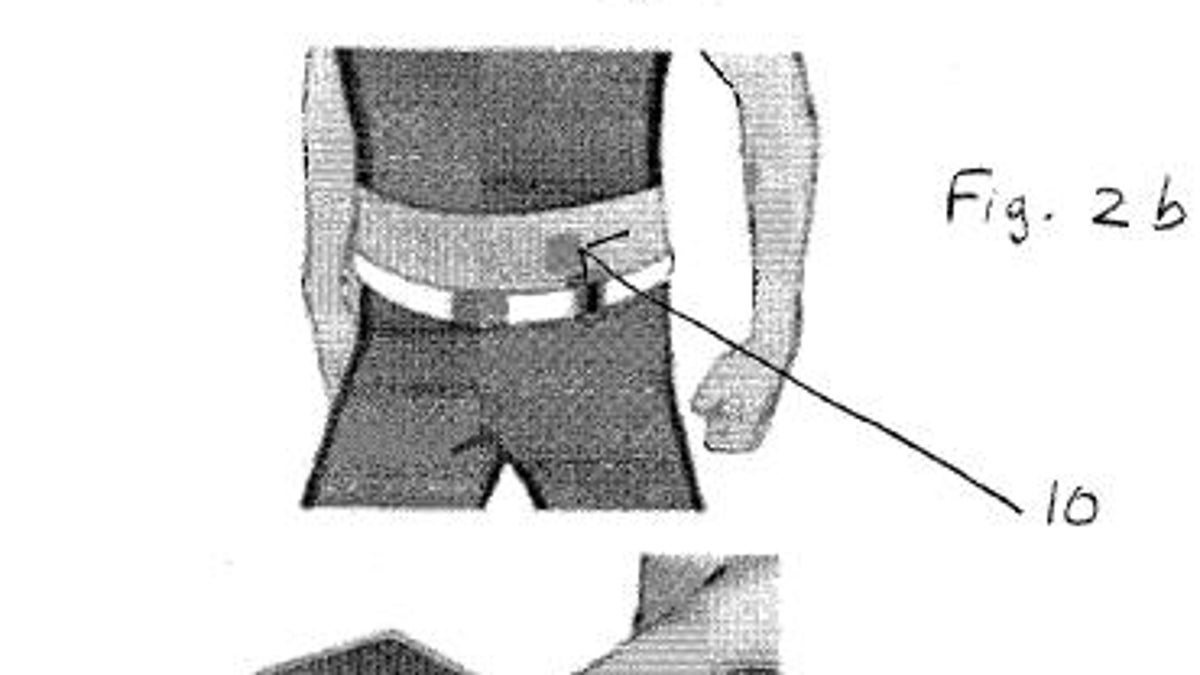Want a vibrating tattoo that alerts you to a call? Nokia does
The mobile company has filed for a patent that would let it place haptic feedback technology onto a tattoo to alert customers to a new call.

Here's one you wouldn't necessarily expect to come out of a big mobile company.
Nokia has filed for a patent with the U.S. Patent and Trademark Office that would allow a tattoo and a user's phone to communicate. Using haptic feedback, or as Nokia calls it, "a perceivable impulse," users would be alerted to a new call, text message, or e-mail right from the tattoo. The application was filed last September and became public last week.
Nokia is using magnetic waves to create the effect and noted in the patent application that its technology could be extended to an invisible tattoo for those who don't want to show their phone-friendly ink walking around town. In a more likely scenario, the technology might also be applied to a visible image, sign, or badge.
It's important to note that companies attempt to patent their creations all the time, and the vast majority of them end up filed away, never to be used again. This one has a high likelihood of receiving that fate. After all, with this implementation, Nokia or one of its partners would have to get into the tattoo business just to get it to work.
"In an embodiment, the material is attached to skin using at least one of stamping a ferromagnetic pattern, spraying the ferromagnetic pattern, attaching adhesive tape comprising the ferromagnetic pattern, apply a decal comprising the ferromagnetic pattern, tattooing the ferromagnetic pattern and drawing the ferromagnetic pattern," the company wrote in its patent filing.
Ferromagnetism's implementation in this patent makes sense, since it's the strongest type of magnetism and the only one that can actually be felt.

